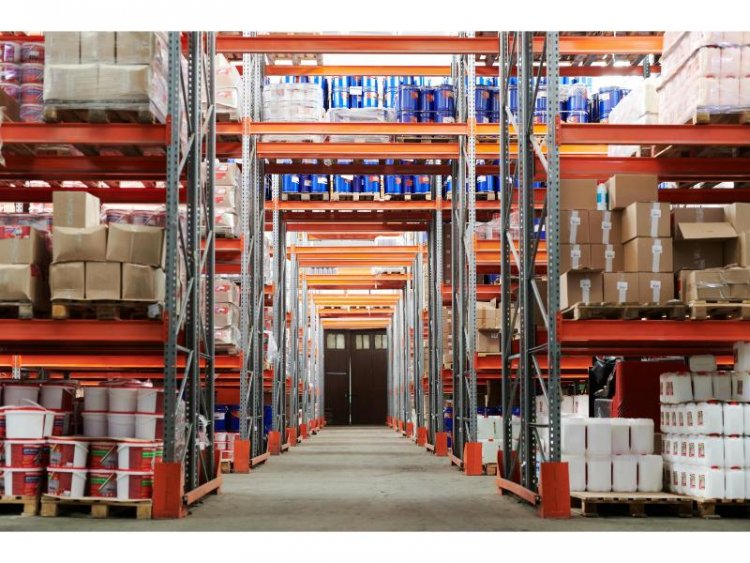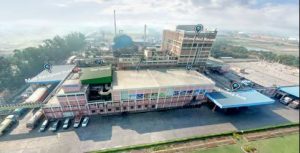
Due to persistently high food inflation, particularly the urban class is reducing non-essential expenses, which is impacting demand. The manufacturing sector, along with the entire secondary sector, has slowed down.
Everything is not going well in India’s economy behind the glitz of the stock market. The economy is cooling down much faster than expected. Due to persistently high food inflation, particularly the urban class is reducing non-essential expenses, which is impacting demand. The manufacturing sector, along with the entire secondary sector, has slowed down. Hence, in the upcoming monetary policy review, the RBI might cut its growth projections. Experts now estimate a growth rate of only 6.5% for 2024-25.
However, the government’s Chief Economic Advisor, Dr. V. Anantha Nageswaran, stated that a 6.5% growth rate is “not in danger.” Regarding the 5.4% growth rate in the second quarter, he said it is disappointing but not alarming.
Growth in the secondary sector, which accounts for 26% of the economy, has fallen compared to both last year’s second quarter and this year’s first quarter. In the second quarter of 2024-25, the secondary sector grew by only 3.9%, compared to 13.7% growth during the same period last year and 8.4% in the first quarter of this year.
Decline in Consumption and Investment compared to First Quarter
Private consumption (PFCE), which constitutes over 56% of GDP, grew by 6%. While this is higher than the 2.6% growth in the second quarter of last year, it is lower than the 7.4% growth recorded in the first quarter of the current financial year. This trend is reflected in the second-quarter results of companies, particularly FMCG companies, whose revenue growth has slowed. Government consumption (GFCE) grew by 14% in the second quarter of last year but only by 4.4% this time. In the first quarter of this year, it even showed negative growth.
The slowdown in economic activity is most evident in industries. Gross Fixed Capital Formation (GFCF) grew by 11.6% in the second quarter of last year and 7.5% in the first quarter of this year, but only 5.4% in the most recent quarter. Investment growth in the first half of this year was just 6.4%, compared to 10.1% last year. Due to sluggish demand growth, industries are hesitant to invest. For new investments, companies might wait for demand trends to improve.
Even this festive season was not very encouraging. The export situation is also weak. After an 8.7% increase in exports in the first quarter, growth dropped to just 2.8% in the second quarter. For the entire fiscal year, experts believe that GDP growth will depend more on government capital investment.
According to the Ministry of Commerce and Industry, the growth rate of eight core sectors was 3.1% in October. While this is better than September’s 2.4% and August’s (-1.6%), it is the lowest growth in the past year except for these months. Production of steel used in construction grew by 4.2%, and cement by 3.3%.
The combination of slow growth and high inflation has made it even more challenging for the RBI to reduce interest rates. To keep inflation under control, the Reserve Bank of India’s Monetary Policy Committee has not changed the repo rate since February 2023. Despite this, retail inflation has repeatedly breached the 4% target. In October, it stood at 6.2%, the highest in 14 months.
You can now read the most important #news on #eDairyNews #Whatsapp channels!!!
🇮🇳 eDairy News ÍNDIA: https://whatsapp.com/channel/0029VaPidCcGpLHImBQk6x1F

















